-
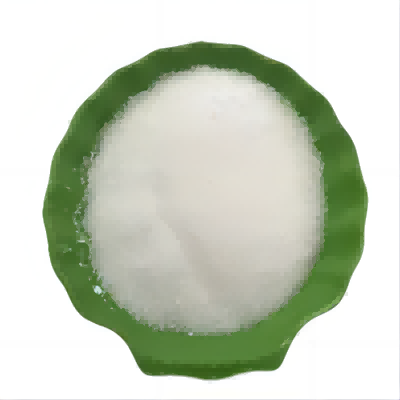
Tertiary Butylhydroquinone (TBHQ) CAS:1948-33-0 Manufacturer Supplier
Tert-Butylhydroquinone (TBHQ) is an antioxidant used to preserve oils, fats and food items. It is found in vegetable oils and animal fats, varnishes, lacquers, resins, oils field additives, and perfumes.In low concentrations it shows cytoprotective qualities while at higher concentrations it exhibits cytotoxic behavior.TBHQ was used to study the inactivation of barotolerant strains of Listeria monocytogenes and Escherichia coli.Environment friendly electrode materials for supercapacitors were attained by decorating the surface of graphene nanosheets with TBHQ.
-
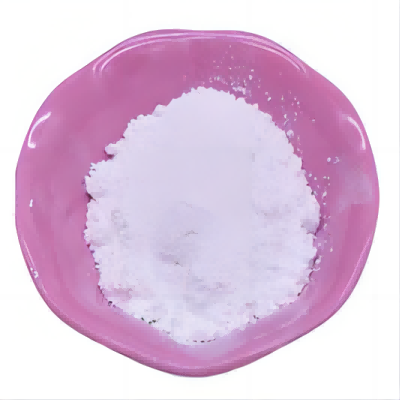
Alitame CAS:80863-62-3 Manufacturer Supplier
Alitame [L-a-aspartyl-N-(2,2,4,4-tetramethyl-3-thietanyl)-D-alaninamide] is a sweetener based on an amino acid. It is a very intense sweetener, possessing a sweetening power of about 2000 times that of sucrose. It also exhibits a clean sweet taste similar to sucrose. Although it is metabolized, so little is needed that its caloric contribution is insignificant. Alitame is prepared from the amino acids, L-aspartic acid, D-alamine, and a novel amine.
-

D-Arabinose CAS:28697-53-2 Manufacturer Supplier
Arabinose is an aldopentose which is more common than D-arabinose in nature. Arabinose is a Zero-Calorie sweetener and L-arabinose can inhibit the Sucrase so that the Sucrose cannot be broken up into Fructose and Glucose. Therefore, it can prevent fat accumulation and protect against diabetes.
-

Malic Acid CAS:6915-15-7 Manufacturer Supplier
Malic acid is a 2-hydroxydicarboxylic acid that is succinic acid in which one of the hydrogens attached to a carbon is replaced by a hydroxy group. It has a role as a food acidity regulator and a fundamental metabolite. It is a 2-hydroxydicarboxylic acid and a C4-dicarboxylic acid. It derives from a succinic acid. It is a conjugate acid of a malate(2-) and a malate.
-

Potassium Tartrate CAS:921-53-9 Manufacturer Supplier
Potassium tartrate is the potassium salt of tartaric acid. It is often confused with potassium bitartrate, also known as cream of tartar. As a food additive, it shares the E number E336 with potassium bitartrate.
-

Inulin CAS:9005-80-5 Manufacturer Supplier
Inulin is a nondigestible oligosaccharide containing fructose which provides texture, rheology, dietary fiber properties, and selective fer- mentation by colon bacteria. commercially obtained from chicory root; common sources include onion, garlic, leek, asparagus, and jerusalem artichoke. it is a hygroscopic powder with solubility in water dependent on water temperature. with increasing concentra- tion, viscosity gradually increases, and at about 30% concentration, it can form discrete particle gels which are characterized as creamy and fat-like. it is not hydrolyzed by the digestive system. it func- tions as a prebiotic, passing into the colon where it is preferentially fermented by healthy bacteria such as bifidobacteria and lactobacilli to increase their proliferation and inhibit unwanted bacteria. it is used in ice cream products to replace fat and sugar, and in baked goods.
-
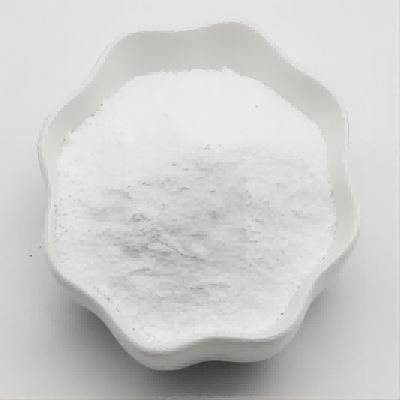
Sodium Benzoate CAS:532-32-1 Manufacturer Supplier
Sodium benzoate, also known as benzoic acid sodium, is commonly used as food preservatives in food industry, odorless or with slight smell of benzoin, and tastes sweet astringency. Stable in air, can absorb moisture in open air. It’s naturally found in blueberry, apple, plum, cranberry, prunes, cinnamon and cloves, with weaker antiseptic performance than benzoic acid.
-
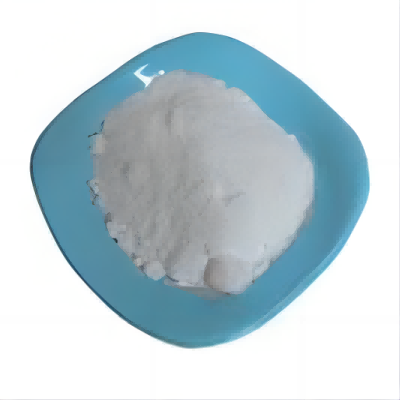
Zinc Gluconate CAS:4468-02-4 Manufacturer Supplier
Zinc gluconate is an organic zinc supplement with fewer side effects than zinc sulfate and better absorption as well. It has certain efficacy on the treatment of zinc deficiency caused growth retardation, malnutrition, anorexia, recurrent oral ulcers, acne and senile zinc deficiency as well as immune dysfunction. It is mainly absorbed in the small intestine after oral administration with 1h reaching the peak but declining at about 2h. In the body, it is widely distributed in the liver, intestine, spleen, pancreas, heart, kidney, lung, muscle, central nervous system and bone. It is mainly excreted by the feces with a small amount excreted through the urine and milk. The bioavailability of it is about 1.6 times as high as that of zinc sulfate.
-
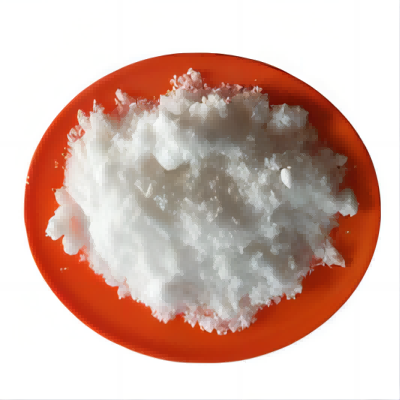
Polydextrose CAS:68424-04-4 Manufacturer Supplier
Polydextrose (PDX) is a randomly bonded polysaccharide produced by the bulk melt polycondensation of glucose and sorbitol in vacu with an average DP of 12, ranging from 2 to 120. The molecule contains all possible combinations of α- and β-linked 1→2, 1→3, 1→4, and 1→6 glycosidic linkages, though the 1→6 (both α and β) predominates. Due to its complex structure, PDX is not hydrolyzed by mammalian digestive enzymes in the small intestine, passing intact into the colon, in which it is gradually and partly fermented by the endogenous microbiota and the remainder, approximately 60%, is excreted in the feces. PDX is not sweet, has a neutral taste, and can be used as a low-calorie bulking agent in a wide range of foods, such as baked goods, confectionery, dairy products, and functional beverages as it is highly soluble in water and results in a non-viscous solution. Polydextrose content could greatly influenced Snack quality. An increase in polydextrose content in the blend from 0 to 10% augmented the product density and decreased its radial and axial expansion ratio and crispness. Moreover, small air cells and thick cell walls were observed in the texture of the product with high polydextrose content[1-2].
-

Tricalcium Phosphate/TCP CAS:12167-74-7 Manufacturer Supplier
Tribasic calcium phosphate is widely used as a capsule diluent and tablet filler/binder in either direct-compression or wet-granulation processes. The primary bonding mechanism in compaction is plastic deformation. As with dibasic calcium phosphate, a lubricant and a disintegrant should usually be incorporated in capsule or tablet formulations that include tribasic calcium phosphate. In some cases tribasic calcium phosphate has been used as a disintegrant.It is most widely used in vitamin and mineral preparations as a filler and as a binder.
-

Calcium L-Aspartate CAS:21059-46-1 Manufacturer Supplier
Calcium L-aspartate is an organic molecular entity.Calcium L-Aspartate is a kind of white powder, odourless, hygroscopicity, soluble in water, insoluble in organic solvent, high absorption rate, water solution with pale white becomes clear, after the side effects are not clear, the structure stability is good.
-
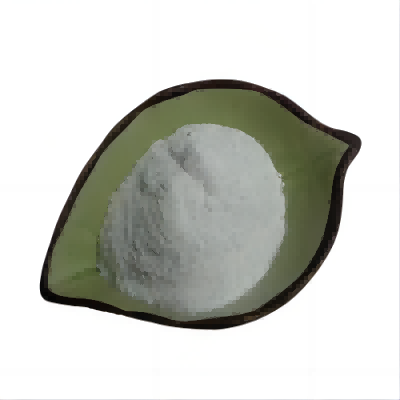
D-Fructose CAS:57-48-7 Manufacturer Supplier
D-Fructose is present as a monosaccharide in fruits and vegetables, as a disaccharide in sucrose (with D-glucose), and as oligoand polysaccharides (fructans) in many plants. It is also used as an added sweetener for food and drink, and as an excipient in pharmaceutical preparations, syrups, and solutions.In equal amounts, it is sweeter than glucose or sucrose and is therefore commonly used as a bulk sweetener. An increase in high fructose corn syrup, as well as total fructose, consumption over the past 10 to 20 years has been linked to a rise in obesity and metabolic disorders. This raises concerns regarding the short and long-term effects of fructose in humans.

